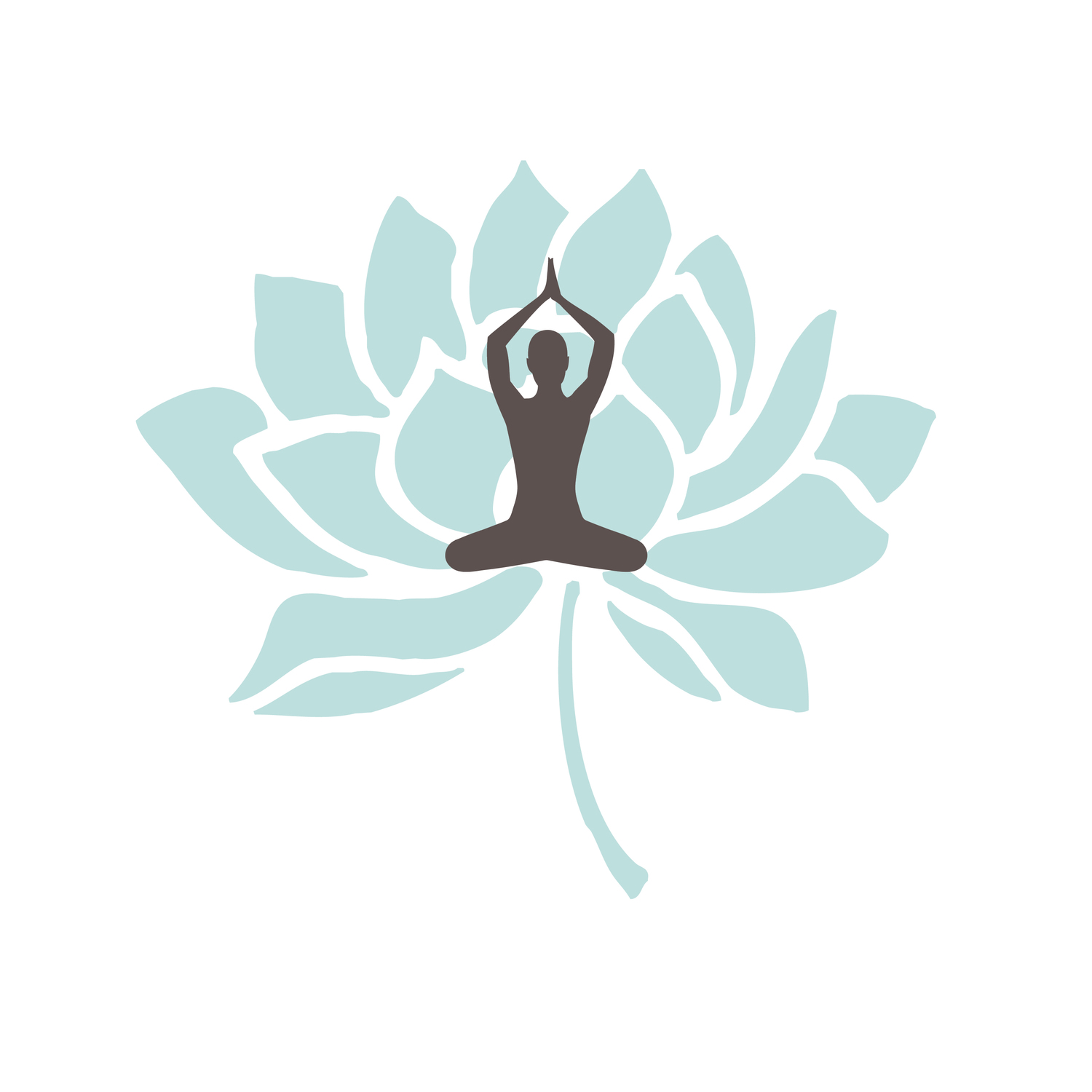Yoga was among many unexpected gifts I got from my journalism career thanks to a yoga class sponsored by the Sun-Sentinel, a Florida newspaper where I worked for several years. On Tuesday nights, several coworkers and I would gather in an empty conference room and practice with a teacher who was paid by the paper. The class was simultaneously relaxing and energizing, and I’m convinced those classes helped me work better.
Employees at General Mills do yoga.
It’s heartening to hear about other companies that have discovered yoga’s workplace benefits. Free yoga and meditation classes are one of the perks Google offers to its employees, for example. Other large companies such as General Mills, Apple, Forbes, GE and Microsoft also have found ways to integrate yoga and meditation into the workplace.
Wish you had yoga at your workplace? Make a business case for it! Here are just a few selling points you could use to persuade your employer that it is a good investment to provide or subsidize yoga classes:
Yoga practices such as meditation enhance emotional intelligence. Chade Meng Tan, who developed a mindfulness meditation course at Google, says it has increased emotional intelligence in employees that practice. That helps people be more effective at work. After doing a story on meditation, Oprah Winfrey began practicing twice daily with a handful of colleagues, and soon everyone wanted in the action. In an interview with Dr. Mehmet Oz, she said the office benefited from improved relationships and more meaningful interactions.
The health benefits of yoga could lead to higher productivity and less absenteeism. Oprah also told Oz that after meditation, employees reported getting better sleep, making for more refreshed, alert employees. Some even said they stopped getting migraines. A study published in a 2008 issue of the Journal of Alternative and Complementary Medicine showed that after taking up yoga, military veterans with chronic low back pain reported a significant reduction in pain, along with improvements in mood, energy, and quality of life. And the Mayo Clinic website recommends yoga as a method of stress release, physical fitness, weight management, and managing chronic conditions such as high blood pressure, cancer, depression, and insomnia.
Employees improve their ability to handle stress. In an interview we did for Yoga Wisdom at Work, the Human Resources director at an internationally known U.S. health resort said that a meditation practice become the deciding factor for hiring a Technology Director. Although three finalists for the job were equally qualified, decision makers believed that meditation practice would help him better handle the demanding, high-stress job. He proved them right. “He is always smiling and serene, and made a big impact in a short time,” the HR director told us.
Developing the ability to “be present” leads to better focus and happiness: One of the precepts of yoga is dharana, or focus, a practice of training the mind to stay full present. Instead of encouraging multi-tasking — which scientific research has shown to be impossible and counterproductive — yoga practice can help people learn to focus and stay on task. Research highlighted in a Tedx talk by Matthew Killingsworth shows that learning to control mind wandering is a key factor in reported happiness.
Happy, healthy, focused employees will affect profitability: Numerous research studies have linked health and happiness in employees to improved customer service, greater productivity and loyalty to the enterprise, lower healthcare costs and lower staff turnover — all of which improve the bottom line.



